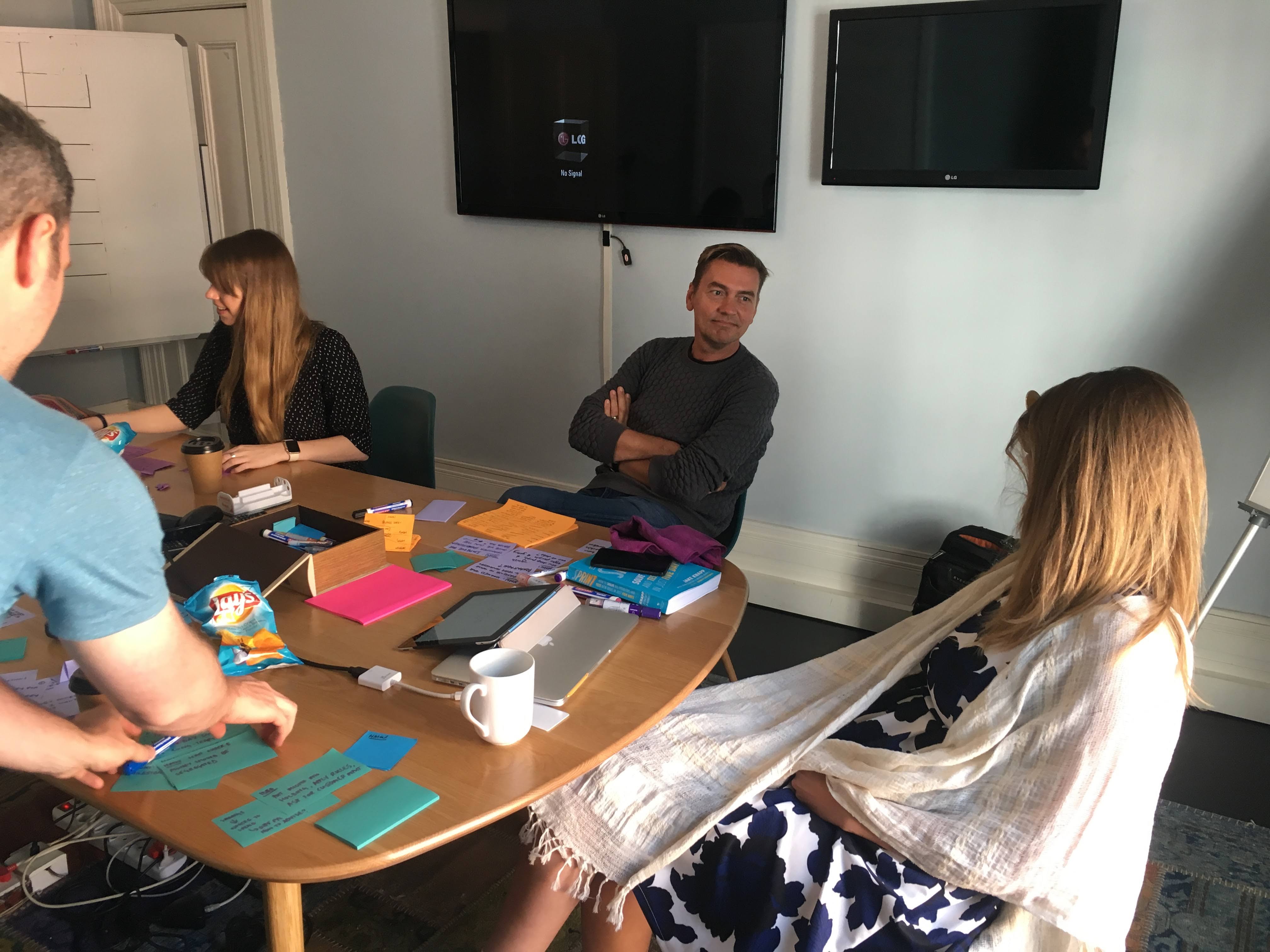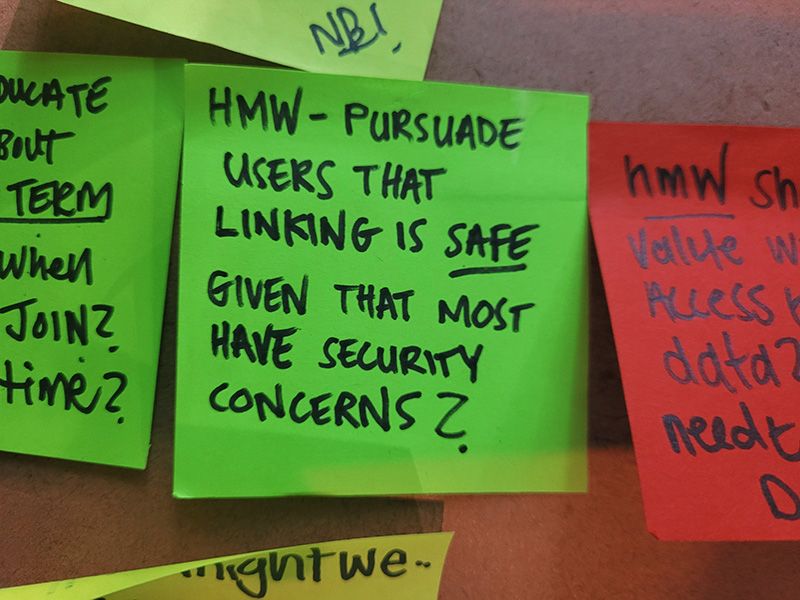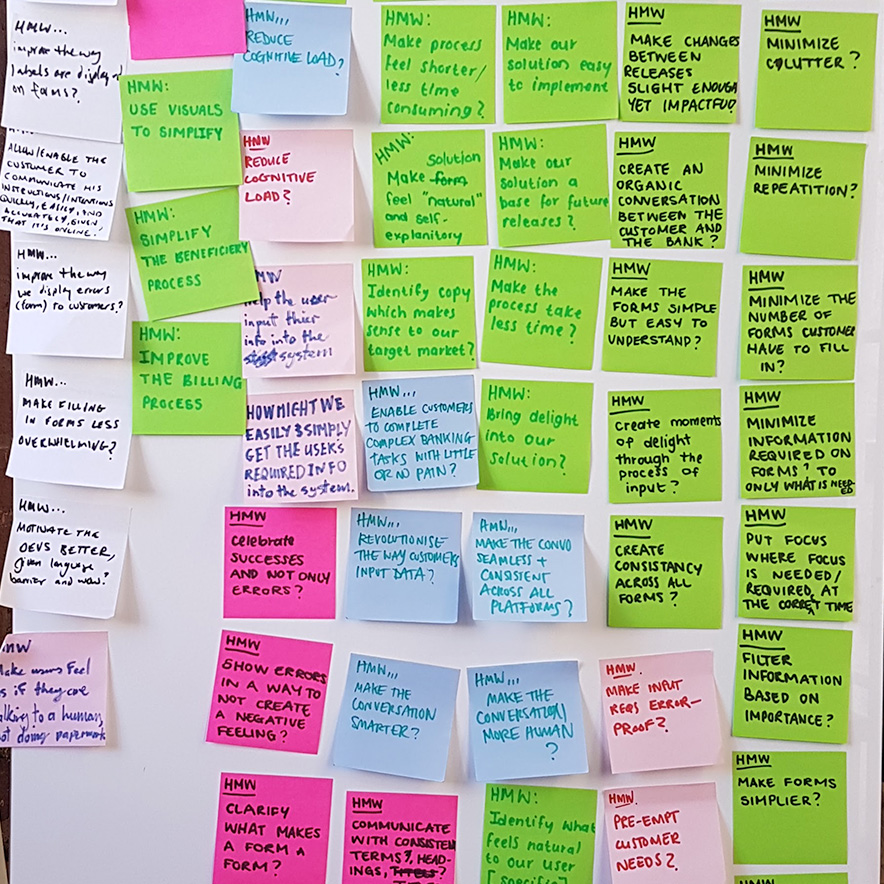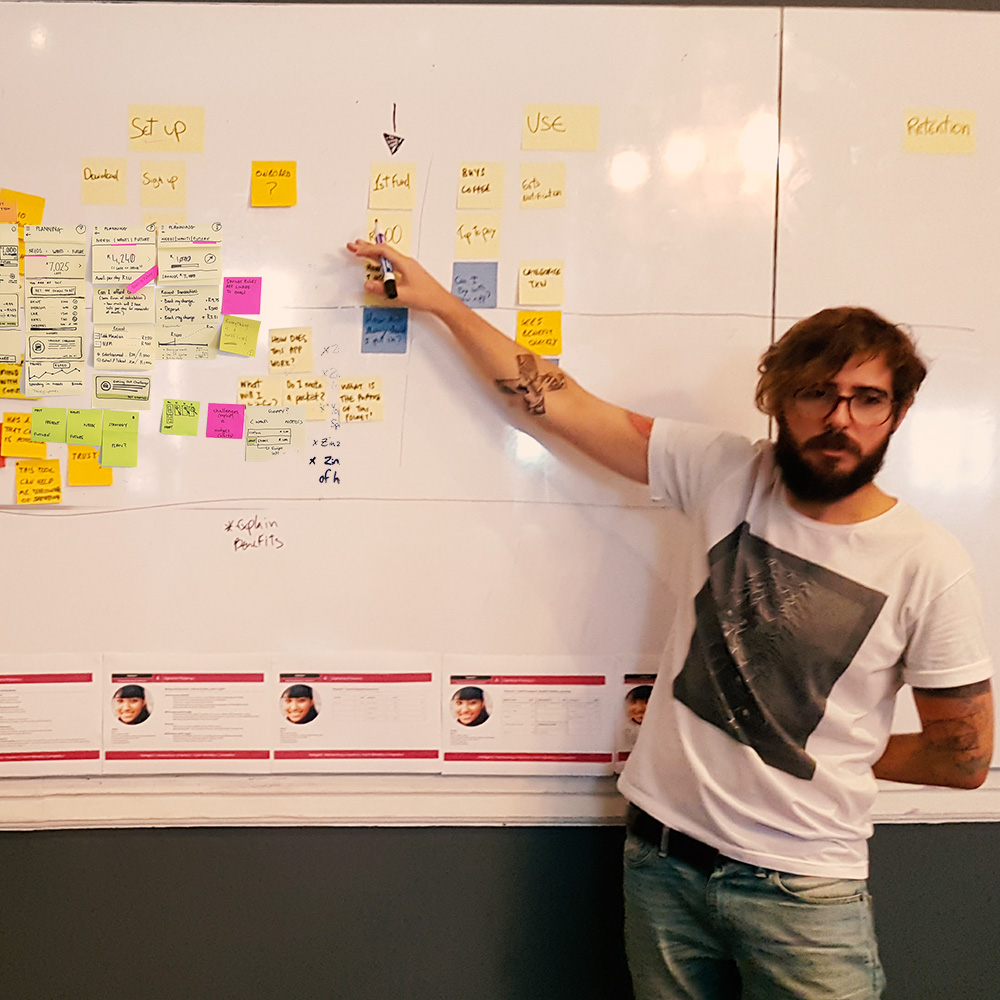Balancing Friction and Value
For an Effective Onboarding Strategy
22seven simplifies users' finances by consolidating their accounts, tracking their spending, and automatically creating a personalized budget. This empowers users to see all their money in one place, effortlessly manage their finances, and gain sophisticated insights into their spending habits.
















